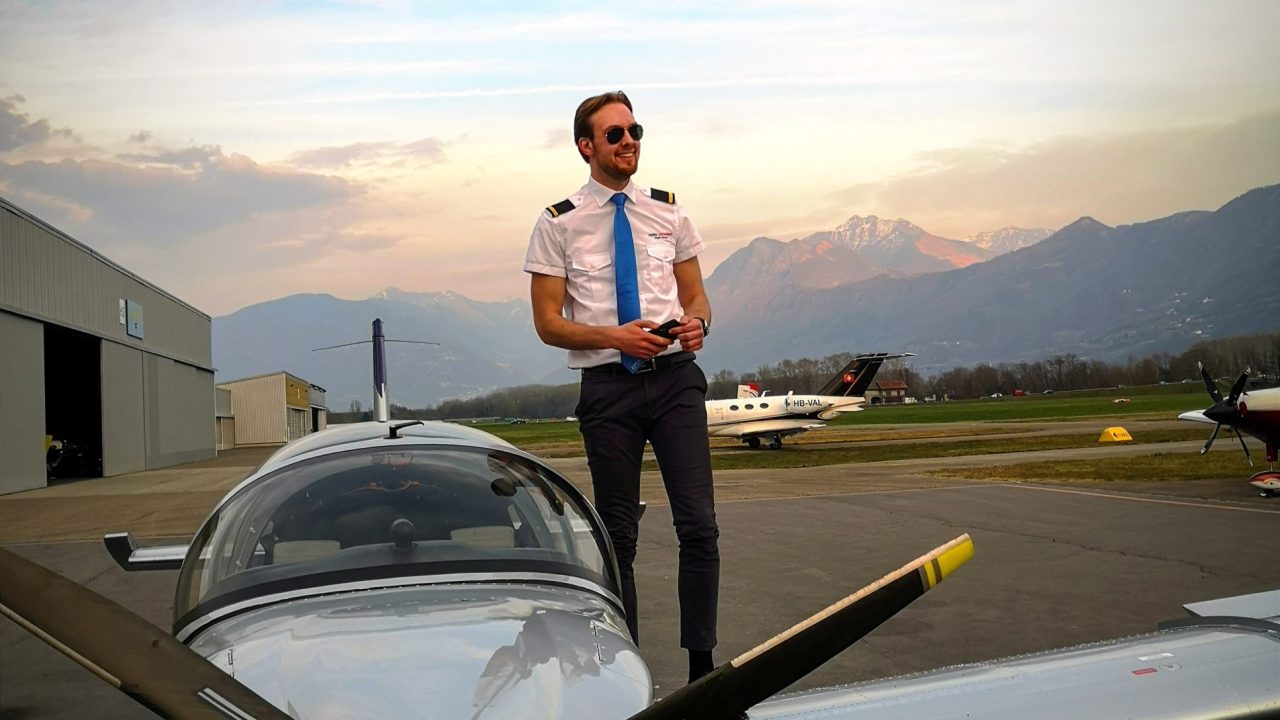Ever dreamt of soaring through the skies and exploring the world from above?
Then you probably wondered, “How do I become a pilot?”. Pursuing a career as a pilot is not only captivating but also rewarding. It offers the chance to explore countless destinations while carrying the responsibility of transporting passengers and cargo safely. In this article, we outline the steps to become a commercial pilot or private pilot and provide an overview of the educational journey required to join the ranks of airline pilots at EPST. We are an education center dedicated to helping aspiring pilots achieve their dreams.
The inspiration for this article, “How to become a pilot”, stems from the increasing demand for pilots. As the aviation industry rebounds from a challenging period, it presents many opportunities for those eager to soar the skies. The pathway to becoming a pilot can seem complex and occasionally overwhelming. Through this article, we strive to present a concise and organized guide. By sharing the needed information and offering a glimpse into the training phase, we aspire to navigate and motivate you on your path to a fulfilling pilot profession.
Basic requirements
Age, health, and education:
Before embarking on your journey to become a pilot, it’s vital to meet certain basic criteria, encompassing age, health, and educational level.
Age:
While there’s no strict age limit to start flying lessons, you must be at least 17 to obtain a private pilot’s license (PPL) and at least 18 for a commercial pilot’s license (CPL). Most airlines prefer pilots
between the ages of 21 and 65, depending on the country and specific regulations.
Health:
Good health is essential for the pilot profession. You will need to undergo a medical examination and obtain a flight medical certificate. For commercial pilots, a Class 1 medical certificate is mandatory, which needs renewal every 12 months (every 6 months for pilots over 40).
Education:
The educational requirements to become an airline pilot are different for each country, possessing a high school diploma or equivalent is necessary. A degree in a relevant field such as aviation engineering, physics, or mathematics can be beneficial but isn't mandatory. In the Netherlands it is required to obtain a HAVO or VWO diploma with Mathematics and English.
Flight licenses (PPL, CPL, ATPL)
To be a professional pilot, you must obtain various flight licenses. The principal ones include:
Private pilot license (PPL)
With a PPL, you’re permitted to fly for recreational purposes and cannot transport paying passengers. This license isn’t achieved during an integrated course like the one we offer. If you wish to first obtain your PPL, you’ll have to follow a modular course, which requires additional flying hours and raises your costs.
Commercial pilot license (CPL)
A CPL allows you to work professionally and transport paying passengers. This is how you become a commercial pilot.
Airline transport pilot license (ATPL)
This is the highest flight license level, enabling you to operate as a captain for an airline. To get an ATPL, you first need your CPL and a specific number of flight hours, along with further practice and exams. Achieving these licenses are the foundation for your pilot career, paving your path for growth in the aviation industry. The ATPL is earned while working for an airline, granted after the required training hours and a successful simulator exam. This is how you become a commercial pilot.
Education options
There are two main routes to become a pilot: integrated route and modular route, each having its advantages, determining your journey to obtain your flight license and kick-starting your airline pilot career.
Integrated route
Integrated training is a full-time course that offers all necessary components as one package. This streamlines the entire process, allowing students to focus solely on their training. Typically, this route takes between 18 to 20 months, depending on the flight school and the student’s pace.
The integrated course includes theoretical lessons, practical lessons, and simulator training. Its advantage lies in acquiring your license quicker and aligning better with airline requirements. Furthermore, many flight schools, including EPST, offer job placement assistance upon completion.
Modular route
Modular training offers flexibility, enabling students to split their course into different modules. This allows students to balance education with work or other commitments, spreading costs over a longer period. Generally, this route takes longer than the integrated route, ranging between 2 to 4 years based on student availability and pace.
Similar to integrated training, the modular route includes theoretical classes, practical classes, and simulator sessions. Its downside is the extended duration to obtain the license and potential challenges aligning with airline demands. Moreover, it’s more expensive since you need to fly more hours for license issuance compared to the integrated path. However, for those prioritizing flexibility, the modular route can be very suitable.
How to become a pilot: the training route
Becoming a pilot demands commitment and dedication. The journey to a thriving aviation career can be segmented into three main phases: theoretical phase, practical phase, and simulator training. In this section, we’ll discuss each stage and what you can expect during your training at EPST.
Theoretical
The foundation for every aspiring pilot lies in theoretical training. A thorough understanding of fundamental aviation principles, such as navigation, meteorology, aviation law, and aircraft systems, is crucial. We grant access to top-tier learning resources and instructors dedicated.
During this stage of your training, you will undergo exams to evaluate your knowledge, ensuring you’re ready for your practical phase. Achieving outstanding results in these examinations is vital to advance in the next phase of your education.
Practical
Upon successful completion of the theoretical classes, it’s time to put that knowledge into action. The practical phase encompasses flight training, guided by an experienced flight instructor. This will teach you how to operate an aircraft, navigate, communicate with air traffic control, and handle emergencies.
This hands-on training is progressive. It starts with basic exercises, such as takeoffs, flight time, landings, and simple maneuvers. As your skills and confidence flourish, you’ll transition to more intricate exercises like instrument flying and managing varied weather conditions. Notably, during your practical training, you’ll embark on solo flights, as a student pilot—a milestone in your pilot career.
Simulator training
Simulator training is an integral part of pilot training, bridging the gap between hands-on training and operating a real aircraft in a commercial setting. At EPST, you have the opportunity to train in state-of-the-art flight simulators, mirroring the experience of flying a real aircraft as closely as possible.
Here, you’ll learn to tackle complex scenarios and system malfunctions, and execute flight procedures specific to the aircraft type you’ll eventually fly. The skills acquired during this phase will be invaluable as you embark on a commercial piloting journey.
Simulator training also enables you to collaborate with co-pilots, fostering effective communication and teamwork in the cockpit—a quintessential element for ensuring flight safety and efficiency.
Upon completing the theoretical, practical, and simulator training, you are primed to kickstart your career as an airline pilot. However, remember, the learning doesn’t cease once you receive your pilot certificate. As a pilot, you’ll continuously acquire new skills and insights, staying up-to-date with the latest technologies and shifts in the aviation industry.
Is your dream to become a pilot?
If piloting stirs your heart, there’s no better time than now. Delve into the various training programs, financing options, and certifications needed to chase a prosperous career in aviation.
We stand by your side, aiding in the realization of your dreams and guiding you through the journey of achieving your pilot certificate. Get in touch with us today for more information on our flight school programs and let us steer you towards an exhilarating and triumphant piloting career. Fly towards your dreams and become the pilot you’ve always envisioned!

